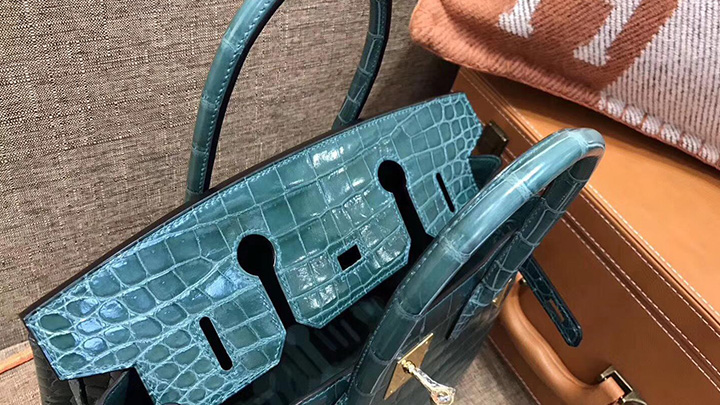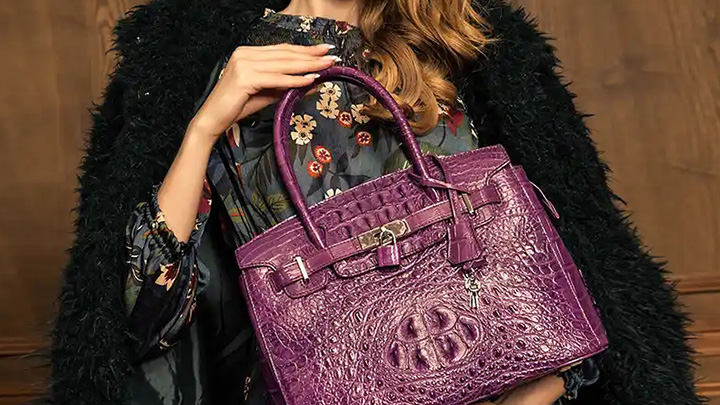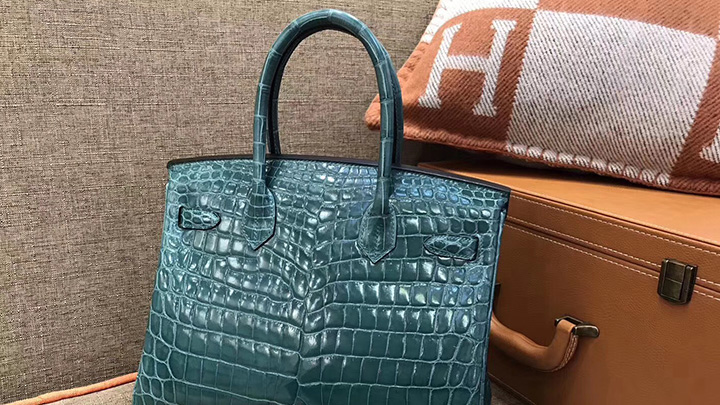Key Considerations When Ordering a Custom Leather Bag
Ordering a custom leather bag is an exciting opportunity to create a unique accessory tailored to your personal style and needs. To ensure the final product meets your expectations, clear communication with the craftsman or manufacturer is essential. Below are important aspects to discuss with the maker when designing your custom leather bag.
1. Purpose and Functionality
Begin by explaining the primary purpose of the bag:
- Will it be used as a daily work bag, a travel bag, or an evening accessory?
- What items will it need to hold (e.g., laptops, documents, or personal essentials)?
- Are there specific compartments, pockets, or features you require for better organization?
2. Design and Style Preferences
Communicate your design vision clearly to the maker:
- Bag Type: Choose the style of the bag, such as a tote, backpack, messenger bag, or clutch.
- Shape and Size: Specify the dimensions, keeping functionality and aesthetics in mind.
- Color and Finish: Select from various colors and finishes, such as matte, glossy, or textured leather.
3. Leather Selection
Discuss the type and quality of leather to be used:
- Leather Type: Decide between full-grain, top-grain, or other types of leather.
- Source: Ensure the leather comes from a reputable source and aligns with your ethical preferences.
- Durability: Ask about the leather’s longevity and resistance to wear and tear.
4. Hardware and Accessories
Details about hardware can significantly influence the bag’s overall look:
- Material: Choose between brass, stainless steel, or other metals for zippers, buckles, and clasps.
- Finish: Specify finishes such as polished, brushed, or antique.
- Details: Discuss additional features like straps, handles, and closures.
5. Customization Options
Explore personalized touches that make the bag unique:
- Monograms: Include initials or a name embossed or engraved on the bag.
- Stitching: Select stitching patterns or contrast stitching to enhance the design.
- Lining: Choose a lining material, such as suede, canvas, or silk, for the bag’s interior.
6. Budget and Timeline
Set realistic expectations for cost and delivery time:
- Budget: Discuss your budget range and whether certain features may impact the price.
- Timeline: Confirm how long it will take to design, craft, and deliver the bag.
7. Care and Maintenance
Ask the maker for guidance on maintaining the bag:
- What products should be used to clean and condition the leather?
- Are there specific precautions to prevent damage, such as water resistance?
8. Examples and References
Provide visual references to clarify your preferences:
- Share photos of bags with similar styles, features, or details you like.
- If possible, sketch your ideas or use digital design tools to illustrate your vision.
9. Transparency and Communication
Establish open communication with the maker throughout the process:
- Request updates and photos of the bag at different stages of production.
- Be open to the maker’s suggestions, as they may improve functionality or aesthetics.
Conclusion
Ordering a custom leather bag requires thoughtful planning and effective communication with the maker. By discussing these key points, you can ensure the bag not only reflects your personal style but also meets your practical needs. A well-crafted custom leather bag is a timeless investment, blending functionality and artistry into a one-of-a-kind piece.




